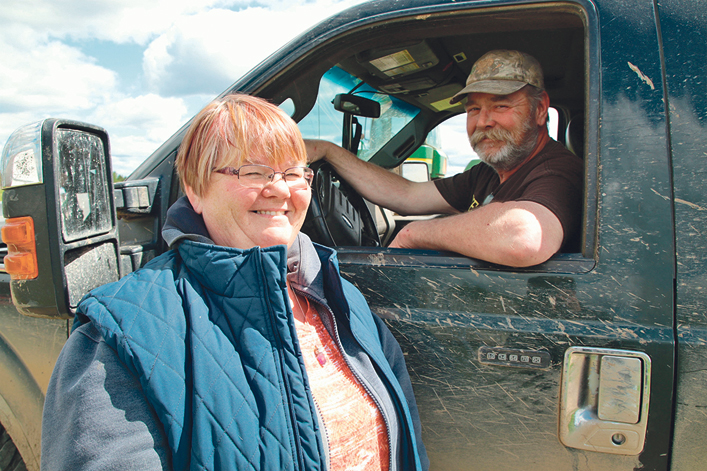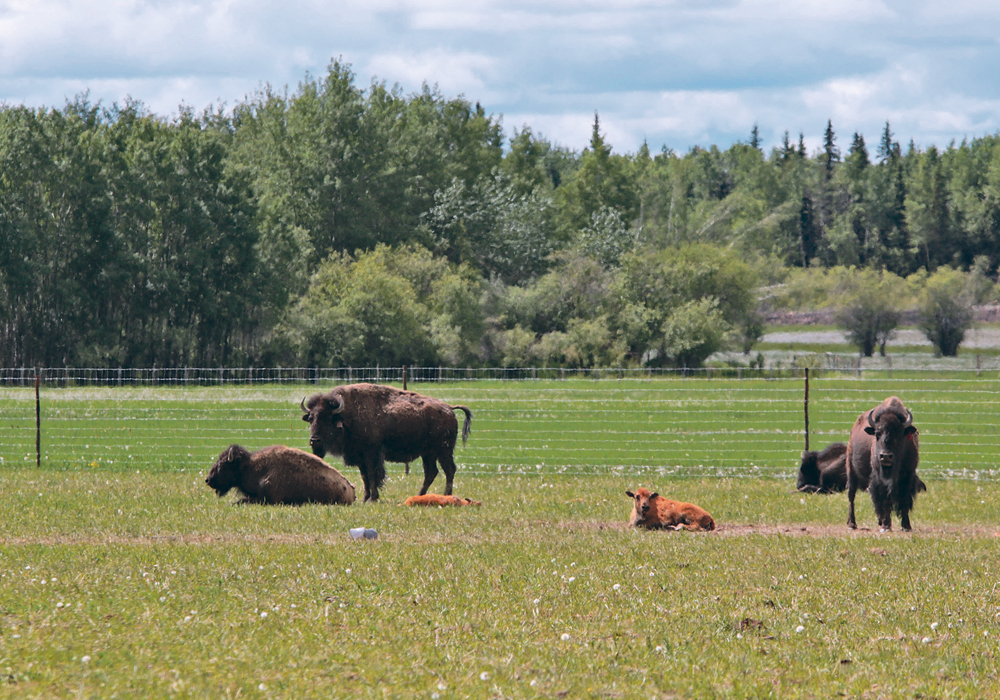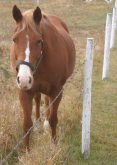CECIL LAKE, B.C. — Introducing bison to the ranch has so far been a challenging endeavour for Leanne and Clifford Wiebe.
The animals were introduced last fall to fetch better market prices, but Leanne said they just aren’t the same as cattle.
“It’s an adjustment,” said Leanne, showing the animals on the 37,000-acre ranch near Cecil Lake, B.C. “When they get out, they don’t go back as easily. They don’t herd like a cow and it can be difficult for me because I’m used to cows.”
Read Also

Beef check-off collection system aligns across the country
A single and aligned check-off collection system based on where producers live makes the system equal said Chad Ross, Saskatchewan Cattle Association chair.
Leanne, the ranch’s cattle manager, said her father-in-law, Edwin, who’s also the owner, decided to introduce bison.
They had to install higher fencing for 10,000 acres to accommodate 1,100 animals, as well as buy new handling equipment.
“The expense of getting into them is high but Edwin thought it would be worth it,” she said. “They likely won’t have a payoff for a while.”
It’s common for producers to start ranching bison due to better commodity prices.
According to the Canadian Bison Association, the animals are naturally hardy and require less intensive management than other livestock species.
They can tolerate weather extremes, can calve without human interference, get water requirements from snow and last longer on grass because they have a slower digestive system.
But because they still have wild instincts, Leanne said it sometimes makes it difficult to work with them.
She said if one gets sick, it is not as easy to go into the herd and treat the animal.

“That’s the hard thing for me as a cow person, you can’t rope them,” she said. “Some will tranquilize them, but how do you go in with all the rest of them there? Especially now when they have calves.”
She and her cowboys also can’t go in on horseback or bring dogs. They go in with either a pick-up truck or tractor.
“With the cows, you move them. You get the lead cow going and the rest will follow,” she said. “These guys won’t. There is no rhyme or reason to what they do.”
Still, Leanne said the animals are new to the ranch and she’s learning.
Her neighbours, who also have bison, have been helpful. She’s also learned a lot from her workers and through the Alberta Agriculture website.
“I’ve had lots and lots of questions, but I’ve been really fortunate,” she said. “We have a good crew. Me and the head cowboy work really well together.”
Even though bison were introduced, the Wiebes still raise about 900 cattle. They previously had 1,800 cattle before selling them to make way for the bison.
They grow 4,000 acres for their own feed, creating silage for the winter. Clifford deals mostly with crop production.
“We’re really fortunate we have this land capacity,” she said.
As for raising the bison, Leanne said they have large paddocks and calve in the spring. They generally sell them in January while cattle are sold in the fall.
“In the winter, we are feeding them every day like our cattle,” she said.
She recommended anyone interested in bison to do their homework and have all the fencing and handling systems set up before they are brought in.
“The Canadian Bison Association has really good information, including a handling book and a code of practice,” she said.
The Wiebes will continue to work with both bison and cattle, even though Leanne will always have a soft spot for the cows.
“I love the cows,” she said. “But Edwin is a strong businessman and good in business. This is a business, to some extent, but it is different.”


















